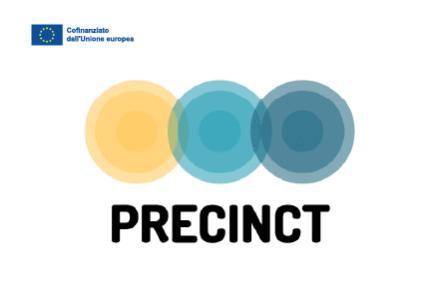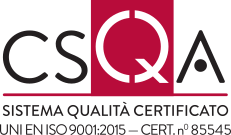
The final evaluation of the European PRECINT project was held in Bruxelles with the aid of a profitable and positive dialogue with the evaluation experts of the European Commission, and it manifested some evident interests for the operators who work with interconnected critical infrastructures and aim to improve their resilience.
On a technological point of view, one of the main results of the project consists in the production of an architectural model of reference for the support decision data system, which integrates modular software components and technical communication specifications.
The Living Lab experiments of this architecture were quite successful, especially the Bologna ones.
On an architecture of flows and information management point of view, it was evidenced how the processes, the quality and the management of risk of the single critical infrastructures are not interoperable, even tho they relate to a supply of essential services.
This deduction brought to the opportunity to identify a propulsive center responsible for needs mapping, for the generation of shared scenarios and for the analysis of cascade effects progressively related to all the critical infrastructures.
Such a coordination center does not exist to this day: that would be the main final user of the ecosystemic platform, exploiting the cooperation of the single involved operators.
The Coordination Centre of Critical Infrastructures was interpreted by every Living Lab following their specific needs and local peculiarities, contributing to the arrangement of an European cognitive framework and stimulating a further inspection on its activation by leveraging on the PRECINT prospects on advanced, innovating and broad perspective solutions.
This results are synthesized, together with plausible future action perspectives and recommendations elaborated in the PRECINT project, in a Public White Paper destined to the critical infrastructures operators, decision-making operators, policy-maker and stakeholder.



